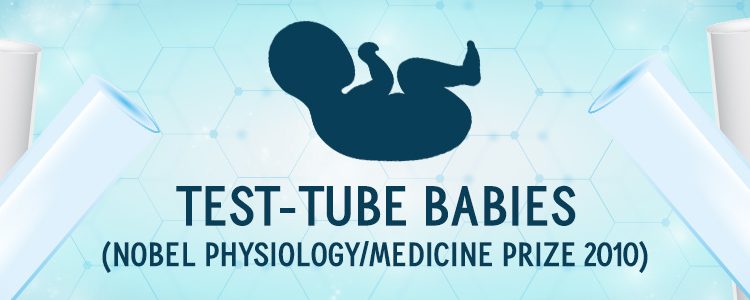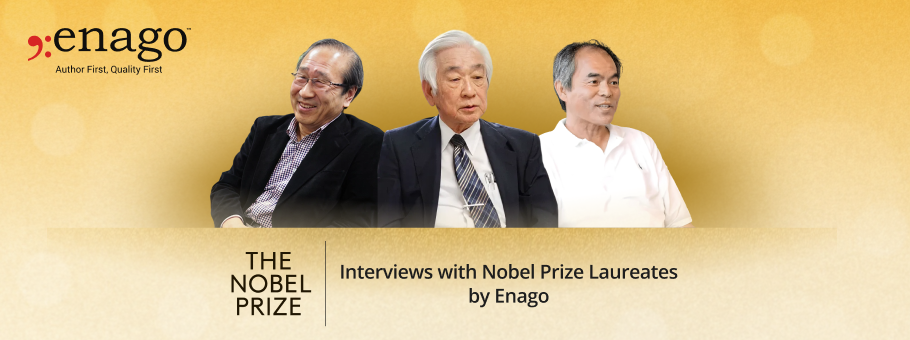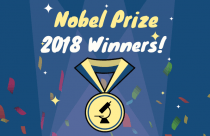Test-Tube Babies: Nobel Prize in Physiology/Medicine 2010

The realization of human births through In Vitro (within glass) Fertilization (IVF), commonly referred to as “test-tube babies,” represented a giant advance in the treatment of infertility. It created hope for couples who could not conceive through natural means.
In 2010, the Nobel Prize in Physiology/Medicine was awarded to Robert G. Edwards for pioneering the IVF technique. Dr. Edwards, a physiologist, developed the technique in collaboration with a gynecologist and surgeon, Patrick Steptoe, who has since passed away. As culmination of their efforts, the first “test-tube baby”, Louise Brown, was born on July 25, 1978. Since then, around four million babies have been conceived in this manner.
Due to the sheer complexity of the fertilization process, initial IVF work focused on non-mammals, followed by mammalian species. Work on human IVF could commence only after progress was achieved in animals. A major advance was made when it was realized that only human egg cells which had reached maturation in vivo (within the body) compared with those which matured in vitro could proceed beyond the two-cell stage. Edwards and Steptoe persevered with their efforts and performed more than forty embryo transfers before achieving success.
The IVF technique essentially consists of bringing together egg and sperm in a suitable environment outside the human body. This is followed by introducing the embryo back in the womb. The development and growth of the embryo can then proceed in the usual manner.
The work was constantly plagued by ethical objections from a gamut of people, ranging from religious leaders to scientists, the basic premise being that humans could not interfere with the process of creating another human being. Government research grants were withheld from Edwards and Steptoe, who then continued their work using private funds. In 1984, Edwards initiated work on human embryonic stem cells, a topic which remains highly debated even to this day.
Recommended Reading
R.G. Edwards and P.C. Steptoe, The Lancet 322, 1265 (1983).









